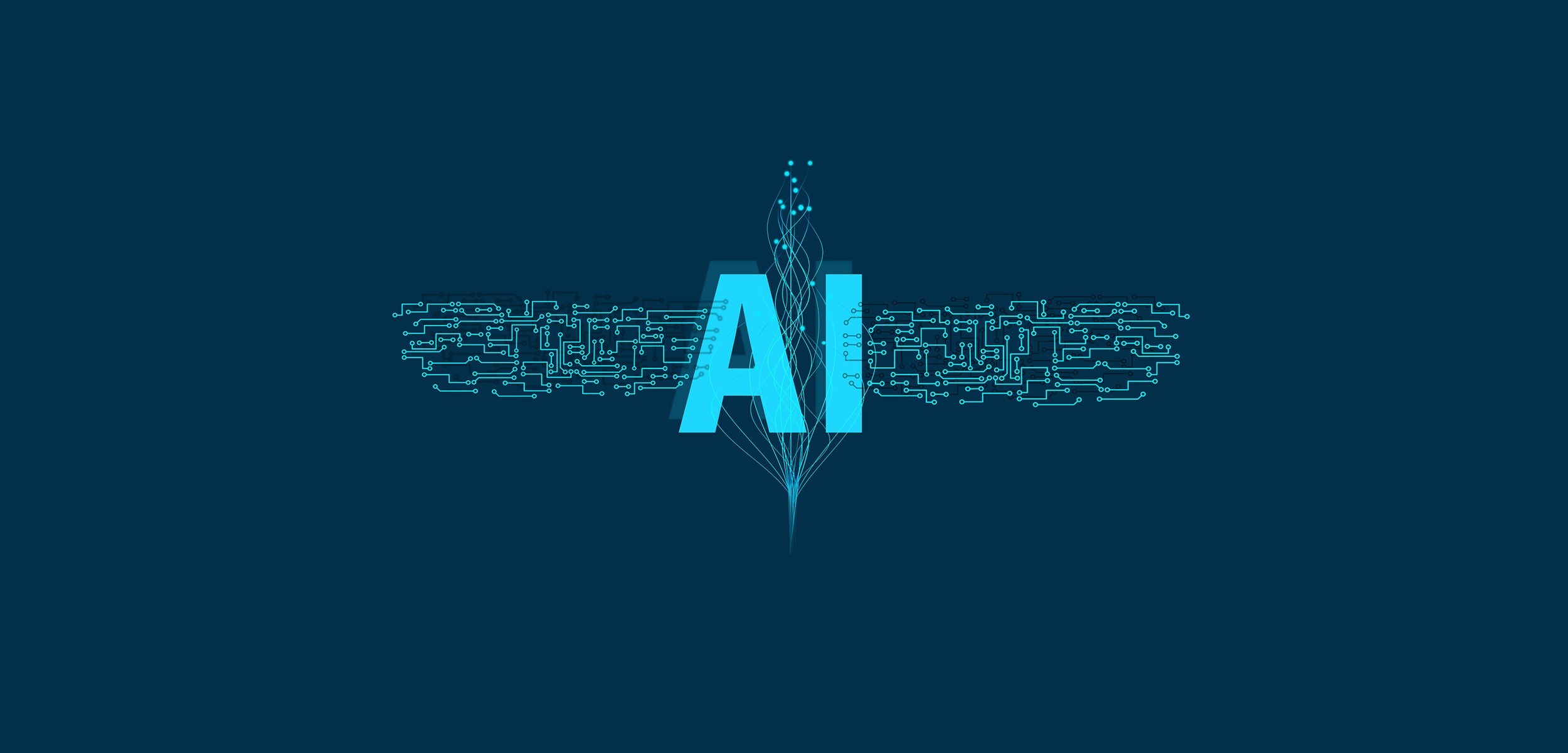-

Artificial Intelligence at City Tech
AI Guidance
City Tech
AI Responsible Use Guidelines and Considerations
May 10, 2024
City Tech recognizes the rapid evolution of Artificial Intelligence (AI) and its impact on how we work, teach and learn. As the landscape of AI changes, and Generative AI tools become widely available for everyday use, new opportunities in higher education are realized, but also present new risks that must be taken into consideration when using these technologies. We encourage you to experiment with AI tools, but also consider the following guidelines which align with existing CUNY and City Tech policies on information security and academic integrity. Please consider the guidelines in conjunction with other CUNY recommendations and policies.
For EveryoneGenerative AI tools such as OpenAI’s ChatGPT, Google’s Gemini, Stability AI’s Stable Diffusion and others, are being embraced across disciplines for different learning goals, teaching methods and administrative decision-making. When using such tools or AI-powered platforms, the following elements should be considered: Procuring AI Tools/Software (including free tools) Contact City Tech CIS or AtoL, before purchasing or acquiring for free AI products or products that contain functions that rely on AI to operation — especially when using CUNY resources or data. Protect Data Privacy
AI Literacy
Ethical considerations
Disclosure of use and compliance
|
For Students
|
For FacultyAcademic Technology & Online Learning Gen AI Handbook The following guidance is to help support faculty in navigating the appropriate use of AI in the classroom.
|
